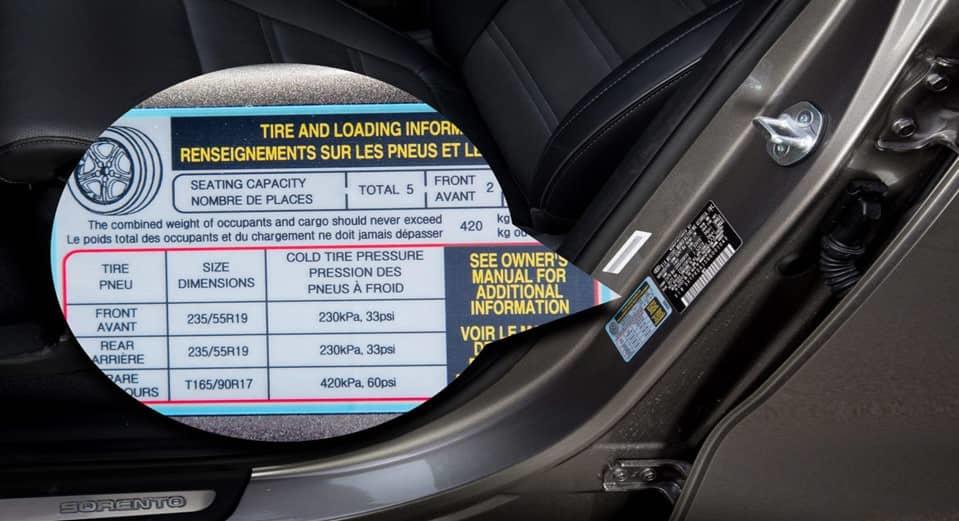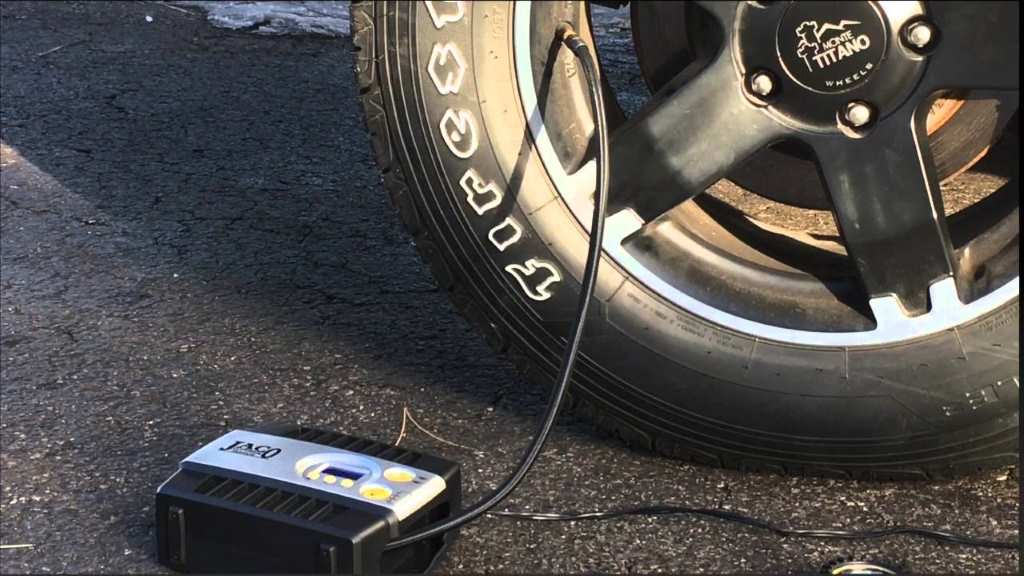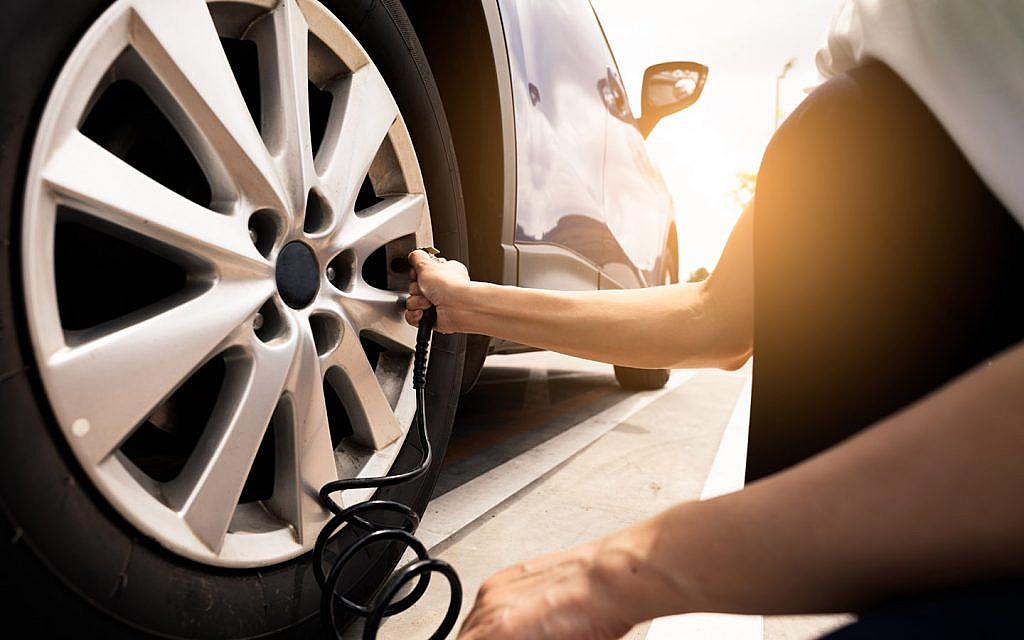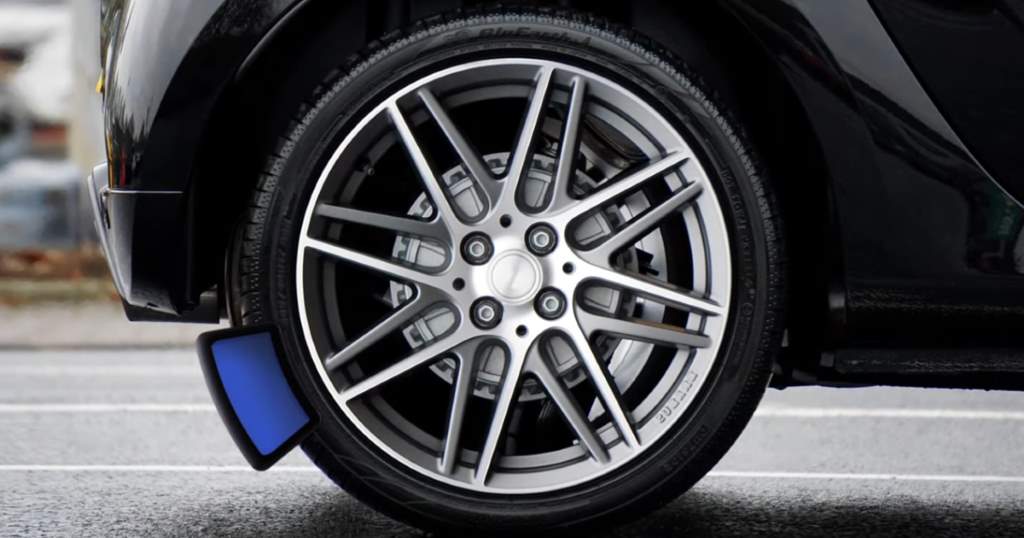Here’s a detailed guide on how to inflate tubeless tires correctly, ensuring they perform optimally and safely. Inflating tubeless tires, a standard for many modern vehicles, involves a process slightly different from inflating traditional tires with tubes.
Tubeless tires offer advantages such as reduced weight, improved performance, and the ability to seal small punctures automatically when filled with sealant.
Contents
Understanding Tubeless Tires In Cars
Tubeless tires represent a significant advancement in automotive technology, primarily designed to enhance performance and safety.
Unlike traditional tires that rely on an inner tube to hold air, tubeless tires are constructed with an impermeable layer that ensures air remains within the tire itself. This design integrates the tire with a specially designed rim to form an airtight seal, effectively eliminating the need for an inner tube.
One of the key benefits of tubeless tires is their resilience against punctures. In the event of a puncture, the absence of an inner tube means that air escapes more slowly, reducing the risk of a sudden flat tire and potentially preventing accidents.
This slower rate of air loss allows drivers more time to safely navigate to a repair shop. Additionally, the ability to seal minor punctures, especially when using a liquid sealant within the tire, further enhances their puncture resistance.
The construction of tubeless tires also contributes to improved ride quality and efficiency. By eliminating the friction between the tire and an inner tube, these tires can offer lower rolling resistance, which may lead to increased fuel efficiency and smoother driving experience.

Preparing to Inflate Tubeless Tires
The process requires some preparation to ensure the process is done correctly and safely. The essential tools for this task include:
Air Compressor or Manual Pump
An air compressor is the most efficient tool for inflating tires quickly and with minimal effort. However, a manual pump designed for car tires can also be effective, especially for minor adjustments or in situations where an electric compressor is not available.
Tire Pressure Gauge
A reliable tire pressure gauge is crucial for measuring the exact pressure in your tires. Digital gauges offer ease of use and accuracy, but analog gauges are also effective.
Ensuring you have an accurate reading is essential for maintaining optimal tire performance and safety.
Vehicle’s Manual or Tire Pressure Placard
Every vehicle has specific requirements for tire pressure, which can usually be found in the owner’s manual or on a placard located on the driver’s side door jamb.
The Placard provides the recommended tire pressure based on the vehicle manufacturer’s testing and is crucial for ensuring your tires are inflated to the correct level.
Before beginning the inflation process, it’s advisable to check the current pressure of your tires using the tire pressure gauge. The initial check provides a baseline and helps determine how much air needs to be added to reach the recommended pressure.
Additionally, inspecting the tire for any visible damage or objects lodged in the tread is important, as these issues may need to be addressed before or after inflation.

How To Inflate Tubeless Tires: Step-by-step Instructions
Inflating tubeless tires correctly is essential for maintaining optimal vehicle performance and safety. Here’s an expanded look at each step involved in the process to ensure you’re doing it right:
Remove the Valve Cap
The first step is straightforward yet important. Unscrew the cap from the tire’s valve stem carefully. This small cap plays a critical role in keeping the valve free from dirt, debris, and moisture, which can cause air leakage or damage the valve over time.
Place the cap in a secure spot where it won’t get lost, as you’ll need to replace it once inflation is complete.
Check Current Pressure
Before adding any air, it’s crucial to know how much pressure is already in the tire. Using a reliable tire pressure gauge, press it firmly onto the valve stem. Ensure a good seal between the gauge and the valve to get an accurate reading.
The gauge should provide a psi reading, reflecting the tire’s current pressure. Compare this figure to the recommended pressure for your vehicle, typically found in the owner’s manual or on a sticker inside the driver’s door jamb.
Attach the Air Compressor or Pump
Whether you’re using an air compressor or a manual pump, the next step involves attaching it to the tire’s valve stem.
For air compressors, securely connect the hose’s fitting over the valve stem; it should click or screw on, depending on the type. For manual pumps, the connection is similar. Ensuring a tight seal is paramount to prevent air from escaping during inflation.

Inflate the Tire
Now, begin inflating the tire by turning on the compressor or working the pump. Watch the gauge (on the pump, compressor, or a separate tool) closely as you add air.
Inflate the tire until it reaches the manufacturer’s recommended pressure, being careful not to exceed this value. Overinflation can compromise the tire’s performance, affecting traction and causing uneven wear.
Recheck the Pressure
After you believe the tire has been inflated to the correct pressure, disconnect the pump or compressor momentarily to recheck the pressure with your tire gauge.
This step ensures accuracy, as gauges on pumps or compressors can sometimes be off. If the pressure is too high, release some air by gently pressing on the valve stem with the back of the gauge or a small tool, then check again. If it’s too low, add more air as needed.
Replace the Valve Cap
With the tire inflated to the proper pressure, remove the inflation tool from the valve stem and immediately replace the valve cap. This small cap is crucial for maintaining the integrity of the valve, keeping out contaminants that could cause leaks or damage.
Make sure it’s screwed on tightly but be careful not to cross-thread or overtighten, which could make it difficult to remove next time.
Tips for Successful Tubeless Inflation
When ensuring the optimal inflation of tubeless tires, a few additional details on the aforementioned tips can provide further guidance and enhance the effectiveness of your maintenance routine.
Temperature Considerations
The impact of temperature on tire pressure is not to be underestimated. As air temperature increases, so does the tubeless tyre air pressure for car; conversely, cooler temperatures lead to decreased tire pressure.
For instance, if you set your tire pressure during a hot summer day, you might find it significantly lower on a chilly autumn morning, potentially underinflating your tires and affecting handling and fuel efficiency.
Adjusting tire pressure with these fluctuations in mind ensures safety and optimal performance regardless of weather conditions.

Regular Checks
Maintaining the correct tire pressure is not a one-time task but an ongoing responsibility. Regularly scheduled checks help catch any deviations from the recommended pressure before they impact your vehicle’s performance or safety.
This routine becomes even more critical before embarking on long journeys where the demands on your vehicle and tires increase. Consistent pressure checks can prevent premature tire wear, ensuring that the tire treads wear evenly and extend the lifespan of your tires.
Furthermore, correctly inflated tires require less energy to move and maintain speed, directly contributing to improved fuel economy and reducing your environmental footprint.
Use Quality Equipment
The tools you use for tire inflation can significantly affect the precision of the process. Investing in a high-quality air compressor and an accurate tire pressure gauge pays dividends in maintaining your vehicle’s efficiency and safety.
A reliable air compressor should provide a consistent air flow rate, allowing for quick and efficient tire inflation. Similarly, a precise tire pressure gauge, preferably digital for ease of reading, ensures that you can adjust your tire pressure to the manufacturer’s exact specifications.
Using substandard equipment can lead to incorrect tire pressure, either over or underinflation, which compromises safety, tire longevity, and fuel efficiency.
Check out this video from Global Cycling Network to learn more about the tubeless tires set up!
Conclusion
Learning how to inflate tubeless tires is a simple yet vital maintenance task that can enhance your vehicle’s efficiency, safety, and longevity.
By following this guide and adhering to your vehicle manufacturer’s recommended tire pressure, you’ll ensure your tires are always in top condition, providing a smoother, safer ride.



